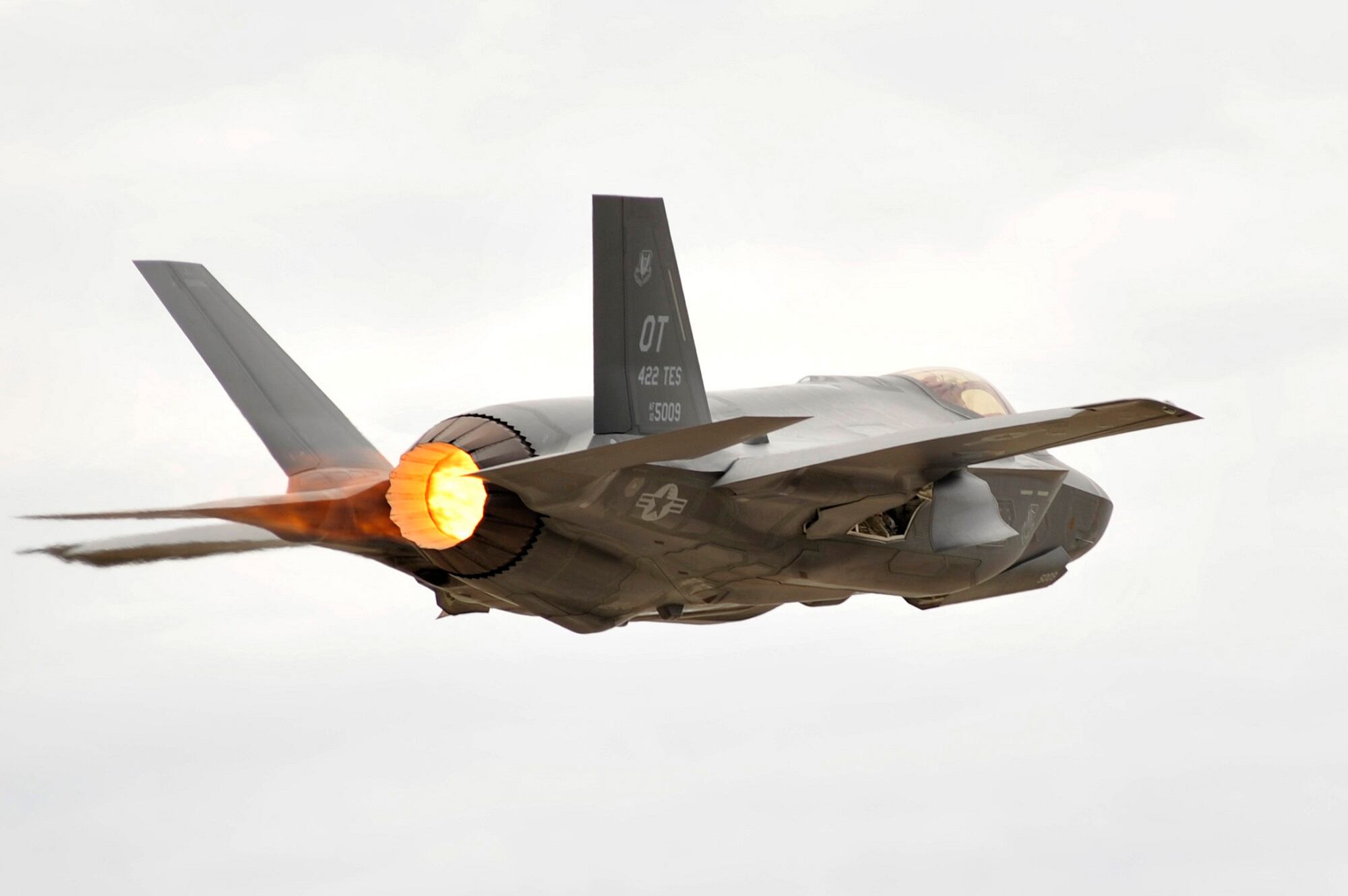While the German decision last week to remove the Lockheed Martin F-35 from consideration as a replacement for 90 aging Tornado fighters solidifies Franco-German industrial cooperation, it could come at the expense of making Germany’s Luftwaffe a less capable air force until at least 2040, when a new advanced Franco-German fighter becomes available.
The decision also places German domestic political considerations ahead of Germany’s leadership role in NATO. This would be understandable for a nation that does not perceive a significant military threat from Russia, but it is disturbing for those who emphasize the need to maximize NATO’s deterrent posture in the East. The decision should be reconsidered.
- After removing the F-35 (and also the older F-15) from consideration, Germany now has three choices. It can augment its planned 177 Eurofighter Typhoon fleet with up to 90 additional Typhoons adapted for suppression of enemy air defense and electronic warfare missions. That fleet of some 267 Typhoons would simplify servicing and training, but it could also ground the entire German fighter fleet should major structural problems appear in the aircraft. The Typhoon has had considerable readiness problems: Germany would be putting all of its fighter eggs in one basket.
- Germany could alternatively buy 90 Boeing F-18s (Super Hornets and Growlers), which is still under active German consideration. That decision would provide better air-to-ground and electronic-warfare capabilities for Germany than the additional Typhoons. But it would still leave Germany behind without a fifth-generation fighter as other allies move onto the future of air power.
- Or Germany could buy some mix of additional Typhoons and F-18s. Today, Germany flies no U.S.-built aircraft, and some observers are betting against the F-18 for that reason.
These three remaining alternatives are all second best from the perspective of maximizing Germany’s air power and its leadership among NATO air forces.
Operationally, the F-35 is by far the best airplane in this mix. It has stealth and battle-management capabilities that are a generation ahead of the Typhoon or F-18. It is a force multiplier that enhances the capabilities of lesser allied aircraft. If the Luftwaffe needs to penetrate heavy air defenses in a future fight, their pilots would be more secure in the F-35. The Luftwaffe without F-35s would be hard-pressed to fight alone in a contested air environment.
Currently eight NATO nations have agreed to purchase the F-35. Those nations will have highly interoperable fifth-generation aircraft. They will provide for the elite fighters in future NATO air-superiority and defense-suppression missions. Without the F-35, Germany will be absent from that elite group, and German pilots would probably be given only secondary missions.
The F-35 also has advantages to perform Germany’s NATO nuclear mission. The ability of the F-35 to penetrate and survive these missions is superior. The F-35 would have been nuclear-certified prior to delivery. Certification for the Typhoon and F-18s would take additional time, money and German political capital. The default position, therefore, might be further life extensions for the old Tornados and further degradation of NATO’s nuclear deterrence.
It is no wonder that the chief of the German Luftwaffe publicly declared his support for the F-35. He was silenced and retired early.
RELATED

So why did German political leaders make this decision?
Money alone is not the answer. While the F-35 is a much better plane, its costs are coming down considerably to the point where they would be about as much as a Typhoon. The Typhoon would, of course, have local labor benefits.
Nor is availability the answer. Lockheed has told the Germans that they could have their first F-35 three years after a contract is signed.
The answer is more political and industrial.
The Merkel government rules by grand coalition, with Social Democrats holding key positions in the Federal Foreign Office and the Finance Ministry. The Social Democrats tend to resist greater defense spending and have a more benign view of Russia’s intentions. Many resist Germany’s nuclear mission. And no one in the coalition wants to reward U.S. President Donald Trump.
More important, France and Germany are drawing closer together on defense policy in the wake of Brexit and President Trump’s criticisms of NATO. The recently signed Aachen Treaty committed the two nations to new levels of cooperation in defense and foreign policy.
A center piece of this reinforced Franco-German defense cooperation is an agreement reached last summer to jointly design and produce a next-generation fighter by 2040. Dassault and Airbus plan to leverage their current Rafale and Typhoon aircraft as a bridge to this new joint aircraft. Paris fears that a German purchase of the F-35, especially in large numbers, could undercut the need for the next-gen fighter and harm European capabilities to produce advanced fighters. They have let Berlin know this.
A strong Franco-German engine at the heart of European defense is to be encouraged. But it should not come at the expense of optimal NATO air power and deterrence. Nor should it come at the expense of broader NATO solidarity.
Germany should reconsider its F-35 decision and purchase at least enough F-35s to retain its leadership position in European air power and its familiarity with fifth-generation aircraft technology. Its European allies, who will also be negatively impacted, should weigh in. Failing this, a purchase of the F-18 would be a second-best option.
Hans Binnendijk is a distinguished fellow at the Atlantic Council and formerly served as the U.S. National Security Council’s senior director for defense policy. James Townsend is a senior fellow at the Center for a New American Security and formerly served as deputy assistant secretary of defense for European and NATO policy.








